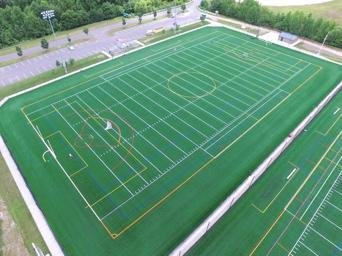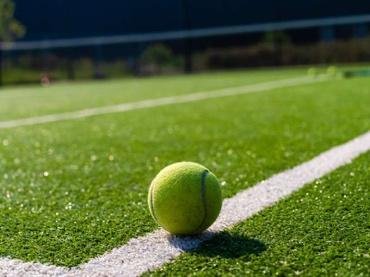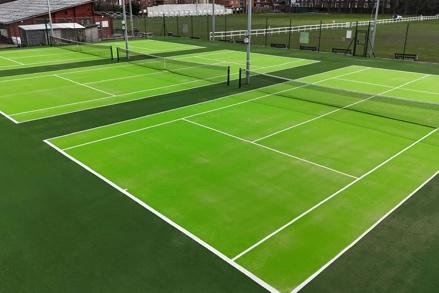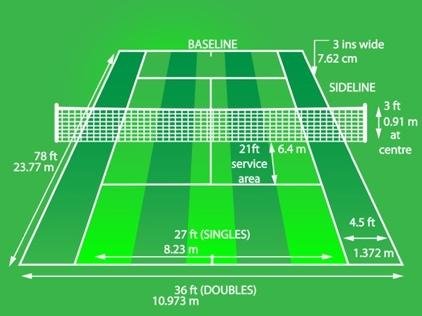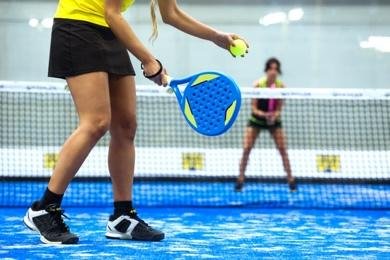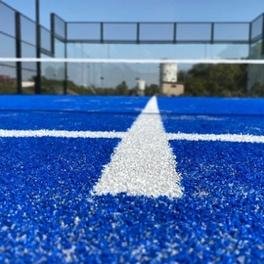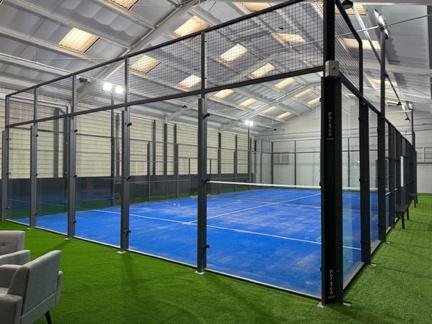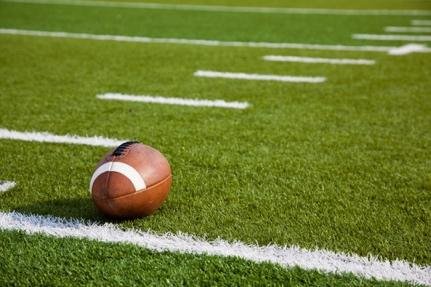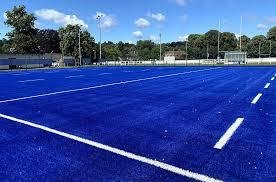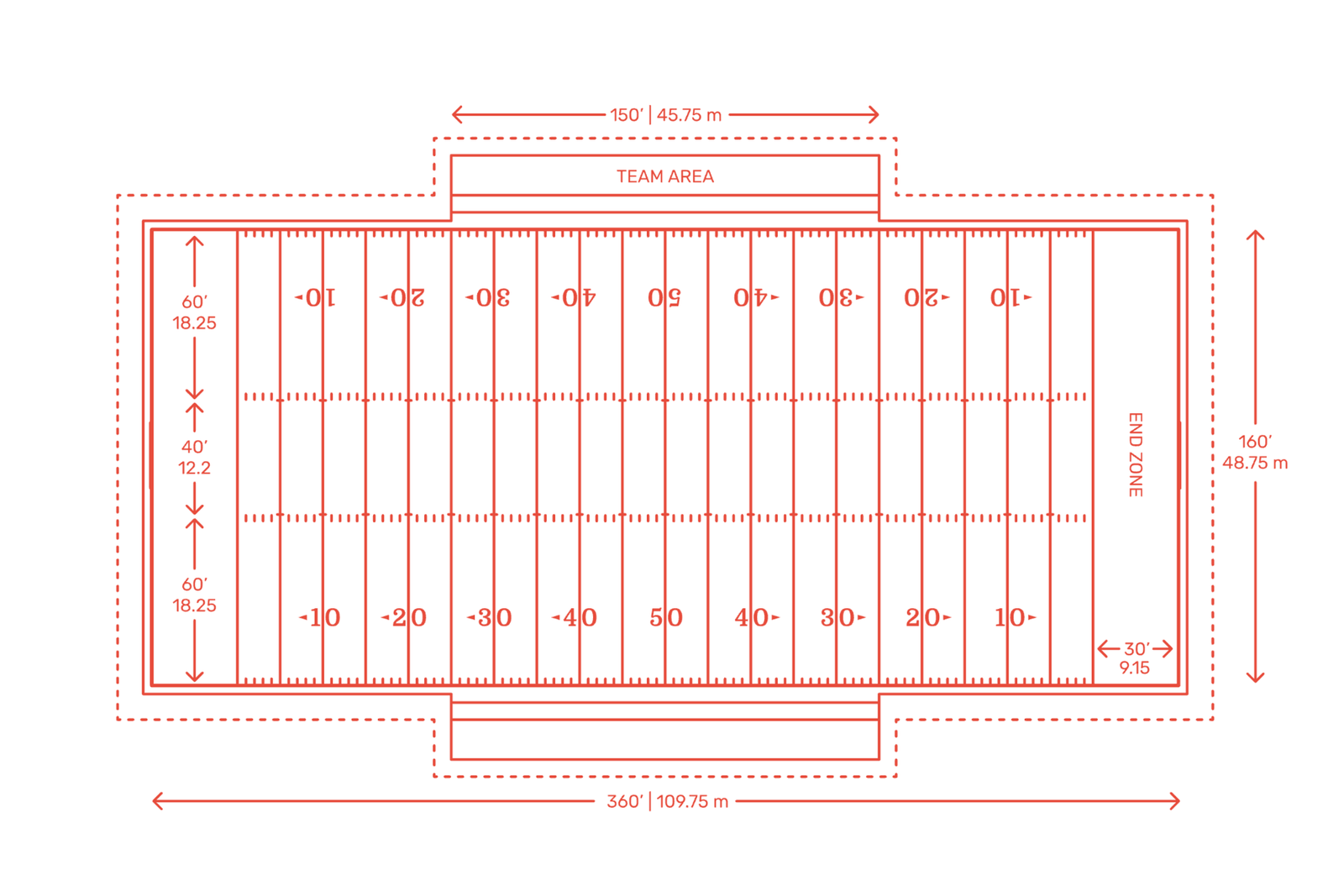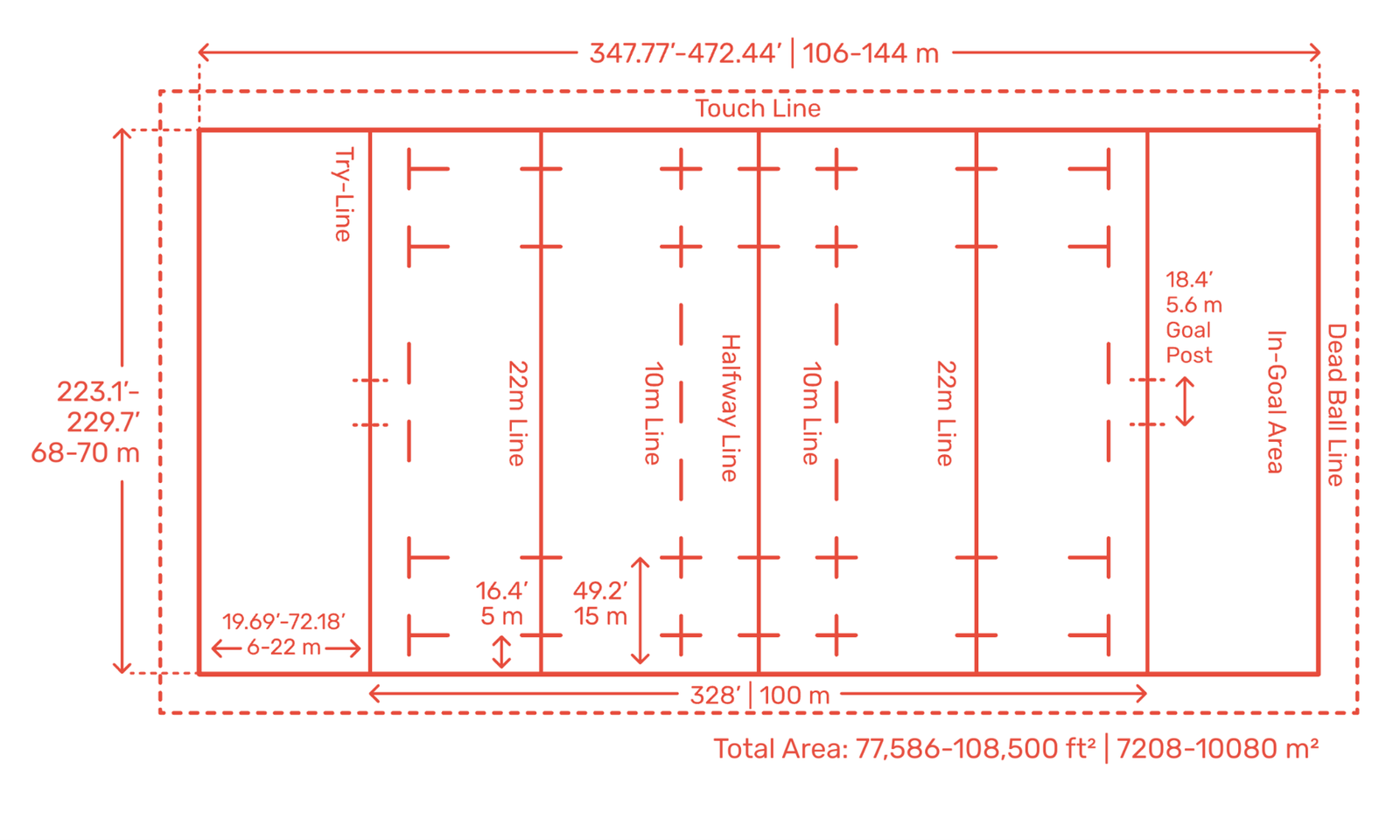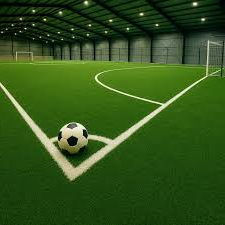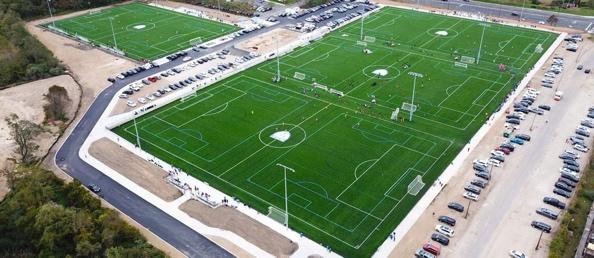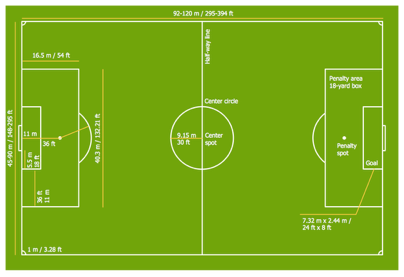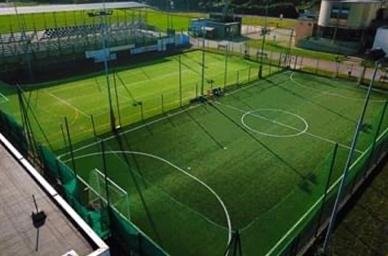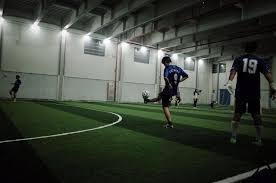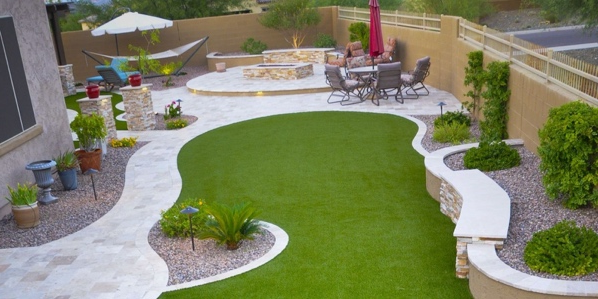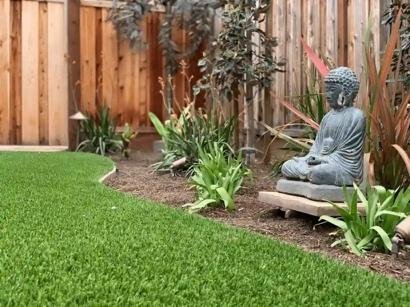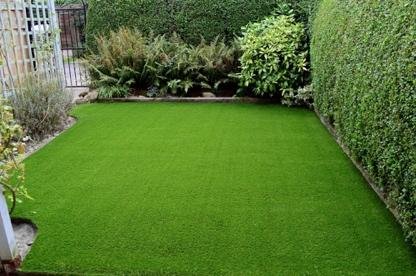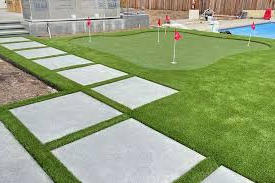Artificial Grass/Turf (Indoor/Outdoor)
Artificial Turf for Landscaping and Non-Sports Uses
Artificial Turf Diagram
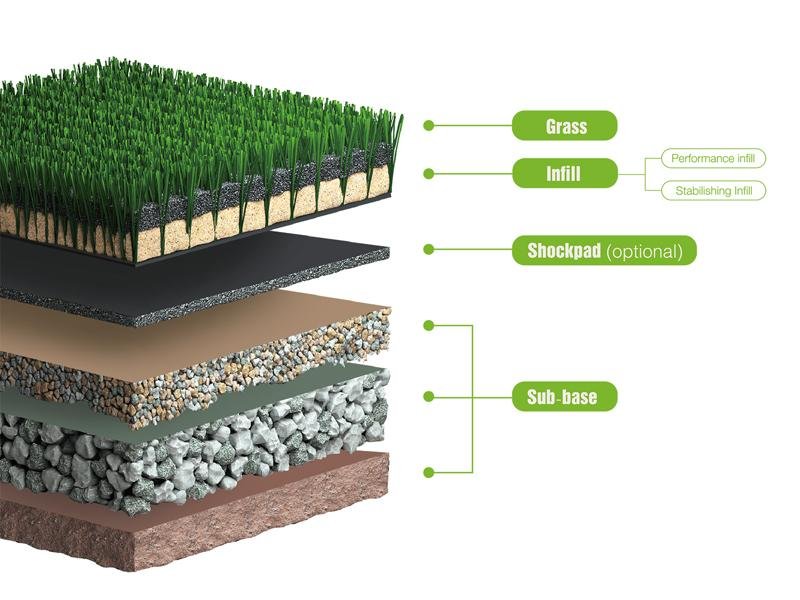
Advantages
Low Maintenance: Requires no mowing, watering, or fertilizing, reducing labor and ongoing costs.
Durability: Withstands heavy use and various weather conditions without significant wear or degradation.
All-Weather Usability: Drains quickly and remains usable in wet conditions, preventing game cancellations.
Consistent Playing Surface: Maintains uniform traction, bounce, and appearance across the field.
Water Saving: Ideal for drought-prone or water-restricted areas, supporting sustainability goals.
Cost Predictability: Known long-term upkeep and replacement schedules compared to variable natural turf costs.
Customizable Design: Can be tailored for specific sports performance standards (e.g., ball roll, shock absorption).
Multi-Sport Capable: Suitable for multi-use fields accommodating different sports on a single surface.
Disadvantages
Heat Retention: Surface can become extremely hot in direct sun.
Initial Cost: High upfront installation cost compared to natural turf, especially with advanced systems.
Injury Risk: May contribute to higher rates of certain injuries (e.g., turf burns, joint stress) depending on sport and infill.
Surface Hardness: Without quality underlay or infill, can be harder than natural grass, reducing shock absorption.
Odor and Hygiene: Can retain heat, odor, and bacteria, especially in pet areas or without proper drainage/infill.
Turf Sports

